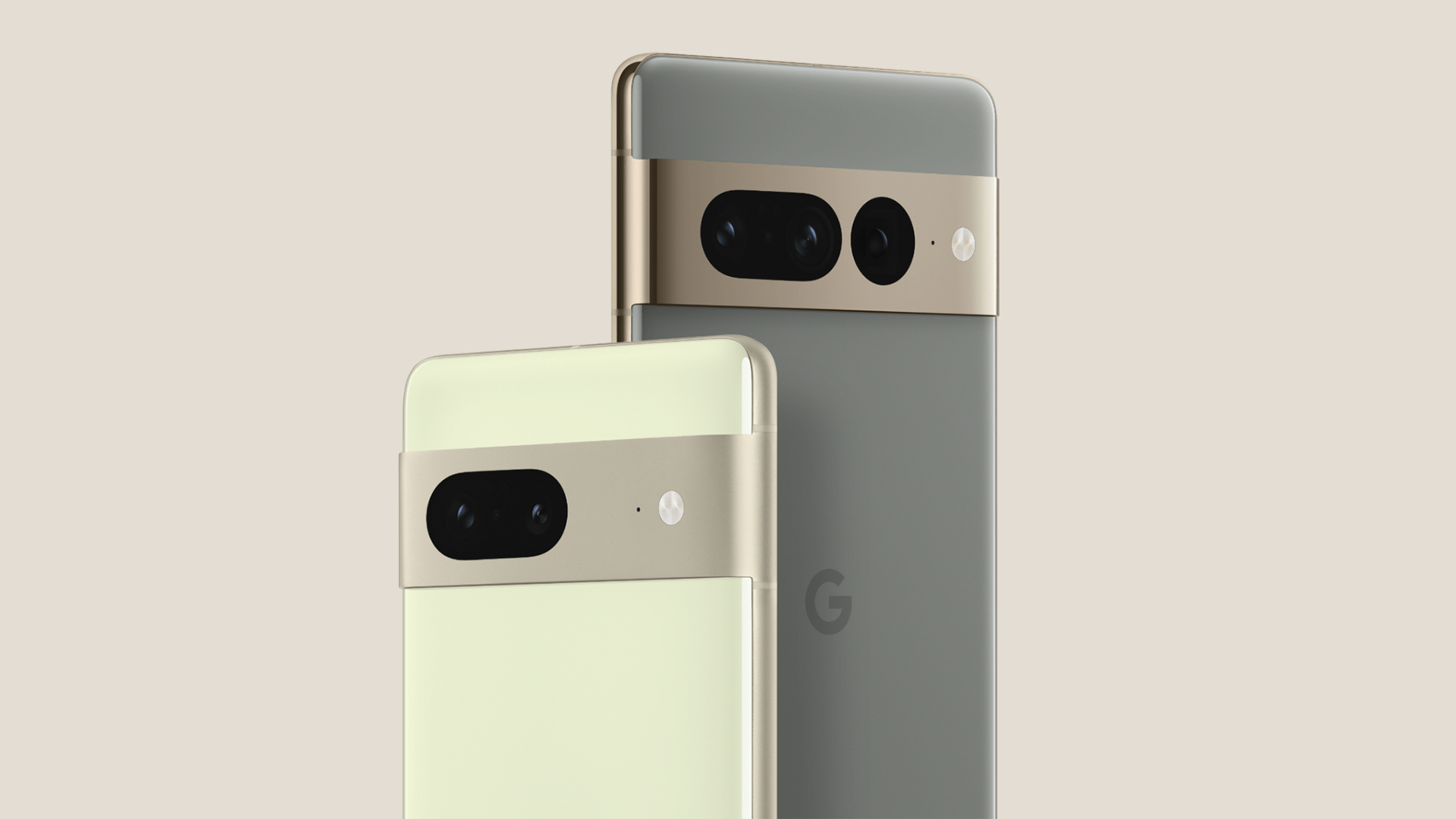#Why Your iPhone Says “COVID-19 Exposure Notifications Are Available”

Table of Contents
“#Why Your iPhone Says “COVID-19 Exposure Notifications Are Available””

There’s a good chance you’ll see a “COVID-19 Exposure Notifications Are Available” pop-up on your iPhone sometime soon—if you haven’t already seen it. Apple and Google launched this feature last year, so why are you being prompted now?
Some Local Governments Are Slower Than Others
If you’re wondering why you’re seeing this message now, it’s because the contact-tracing feature is dependent on apps from your local health authority that take advantage of it. In the US, this means your state government generally has to roll out its own contact-tracing app. Not all state governments have done this yet.
For example, California rolled out its contact-tracing app, CA Notify, in December 2020. Oregon plans to roll out its contact-tracing app sometime before April [2021]—“hopefully,” according to a government representative. Other states may not even plan to release apps that take advantage of this.
You will see this notification when your local health authority rolls out its app if it hasn’t already done so. If you travel between states, you may see the notification when you arrive in a location that has such an app, too.
The same is true in other countries—when a local health authority has made its app available, you should see this pop-up.

What Are COVID-19 Exposure Notifications?
Apple and Google worked together to create a digital framework for contact tracing. Apple’s solution rolled out on iPhones back in May 2020.
Contact tracing is not enabled by default, and it doesn’t do anything unless you choose to enable it. Also, it’s just an API that your local public health authority—for example, your state government health agency—can use. If your local public health authority hasn’t released an app that takes advantage of the API, there’s no way to use it. (In the future, Apple and Google might integrate it directly into iOS and Android, letting it work without the app.)
Basically, when you enable this feature, your iPhone will regularly send out a ping via Bluetooth. This includes a random identifier, but that random identifier changes every 10 to 20 minutes. Other devices with exposure notifications enabled will remember the list of identifiers sent by nearby devices.
When someone with the app installed tests positive for COVID-19, they can report the positive test. Your iPhone will download a list of keys for devices that have reported their owners tested positive and compare your local list of identifiers against that database. If there’s a match, that indicates you’ve been physically near someone who later tested positive, and you’ll get advice on what to do—for example, you may see a recommendation that you should get tested.
Overall, this is designed in a very privacy-protecting way. Government agencies don’t get a log of everyone’s movements from these apps, and neither do Apple and Google.
Without this privacy-protecting contact-tracing system, some governments were set to roll out contact-tracing systems that monitored people’s movements with GPS and stored them in centralized databases. Apple and Google aren’t allowing that. They are requiring governments to use this better system.
RELATED: How Your iPhone’s New COVID-19 Exposure Notifications Work
What to Do When You See the Alert
If you want the notifications, tap “Continue” and you’ll be prompted to install the app from your local public health authority. This pop-up functions as an alert that the public health authority in your area has made an app available—otherwise, many people wouldn’t realize they had the option.
Of course, it’s not mandatory, and you’re free to tap “Not Now” and turn down the offer. The choice is up to you, but your local public health authority probably advises that you install the app.
You can choose to activate exposure notifications in the future by heading to Settings > Exposure Notifications > Turn On Exposure Notifications on your iPhone.

How to Disable Availability Alerts
If you don’t want to see availability alerts on your iPhone when a COVID-19 tracking app is available in your area, head to Settings > Exposure Notifications. Here, you can turn off the “Availability Alerts” option.

If you liked the article, do not forget to share it with your friends. Follow us on Google News too, click on the star and choose us from your favorites.
For forums sites go to Forum.BuradaBiliyorum.Com
If you want to read more like this article, you can visit our Technology category.




